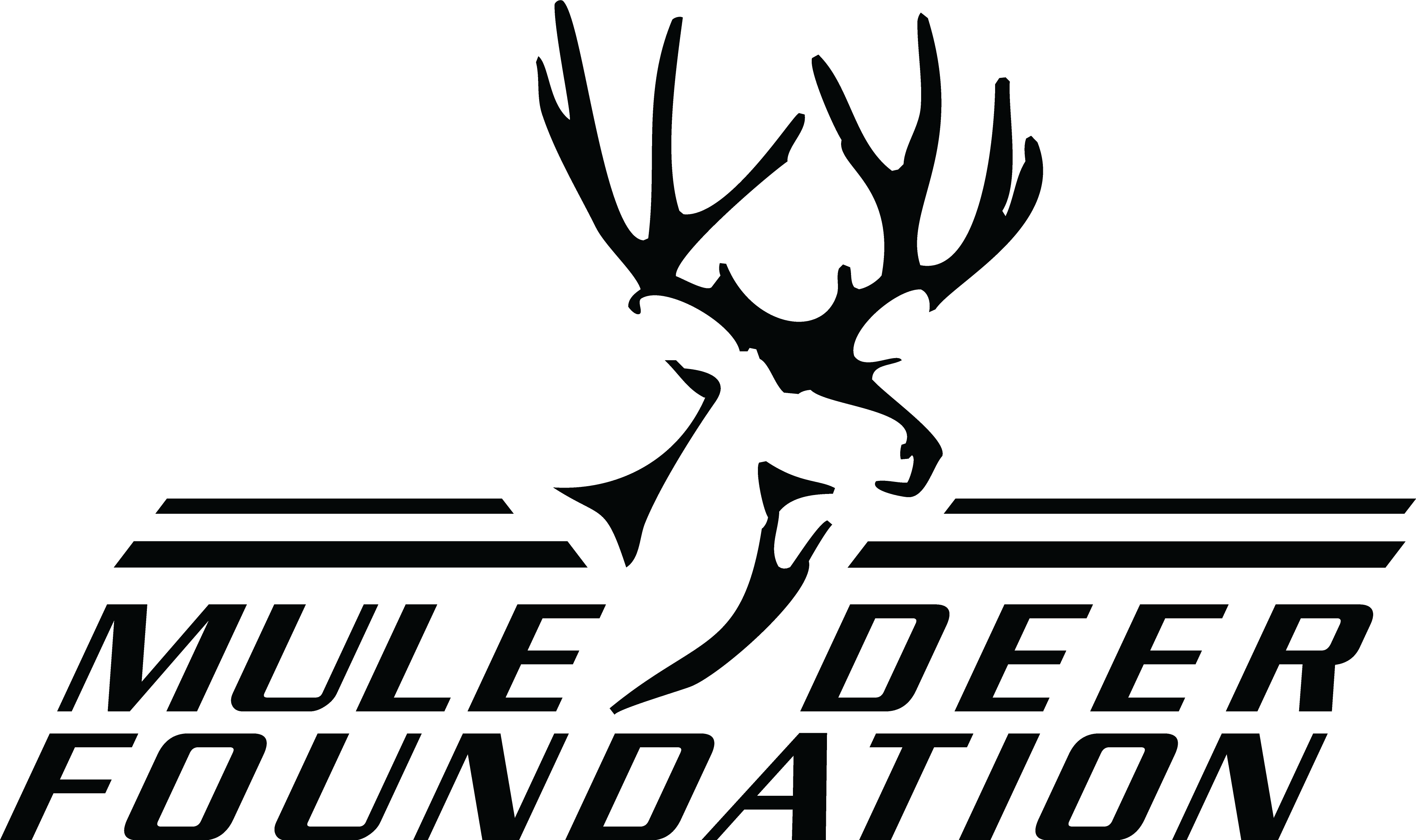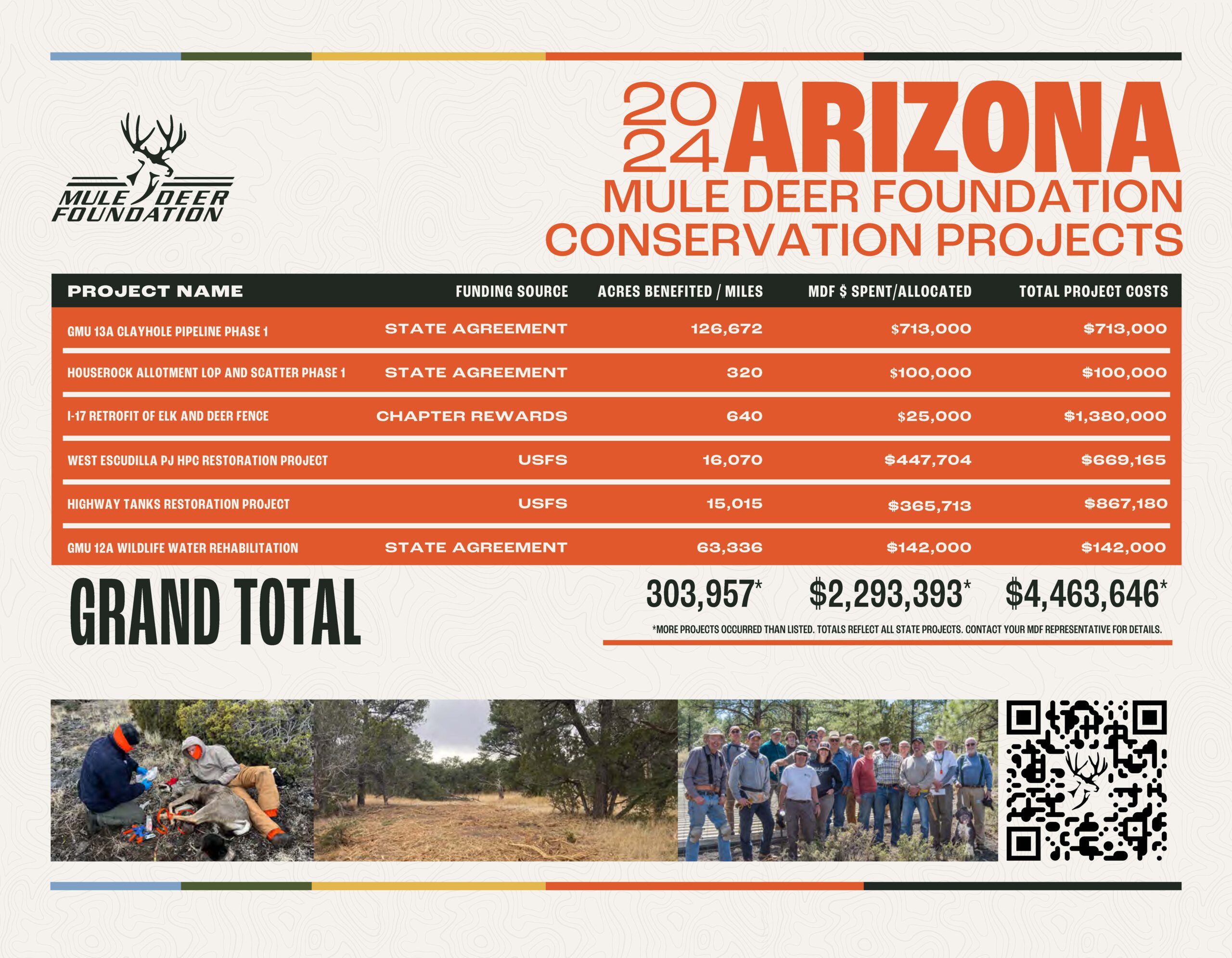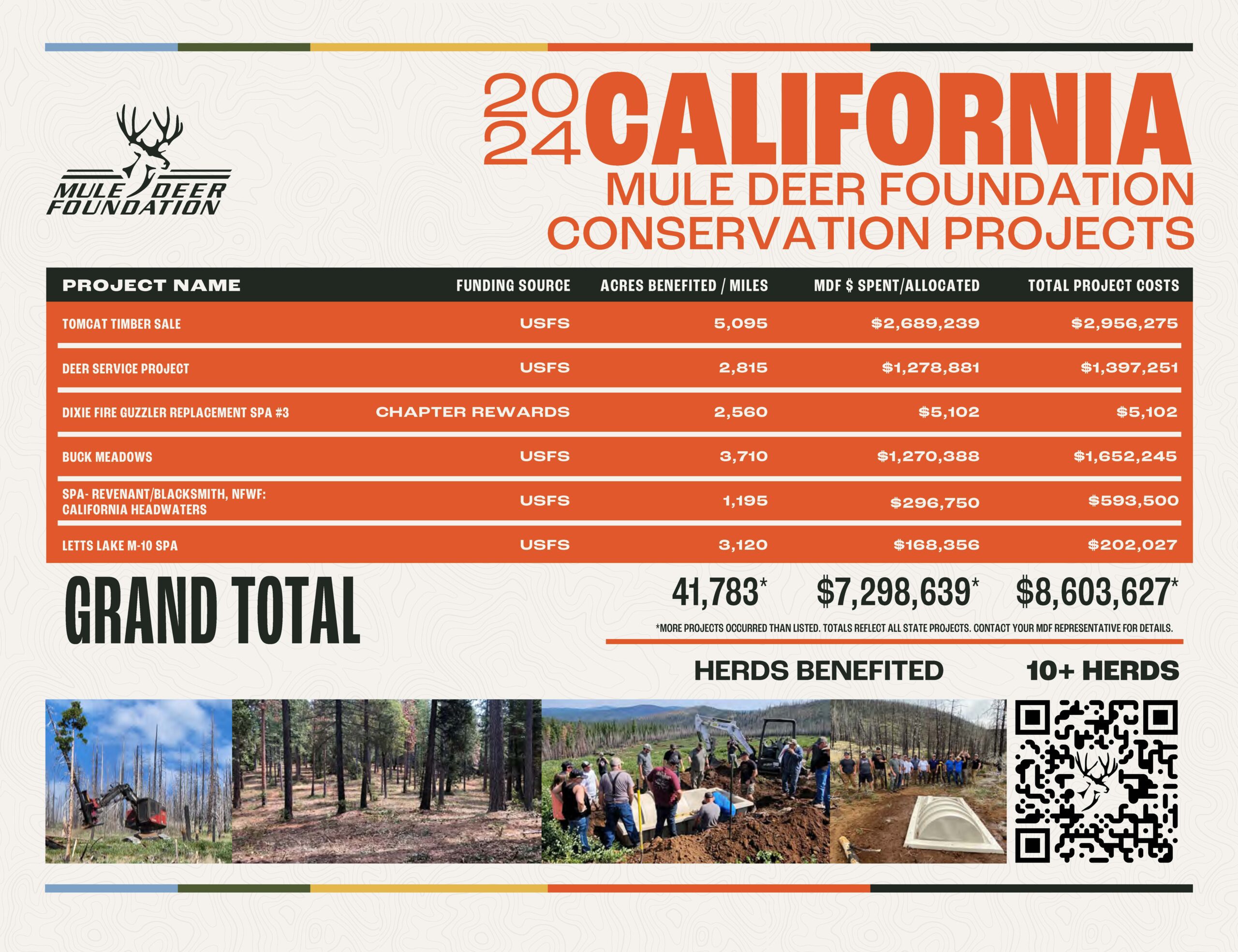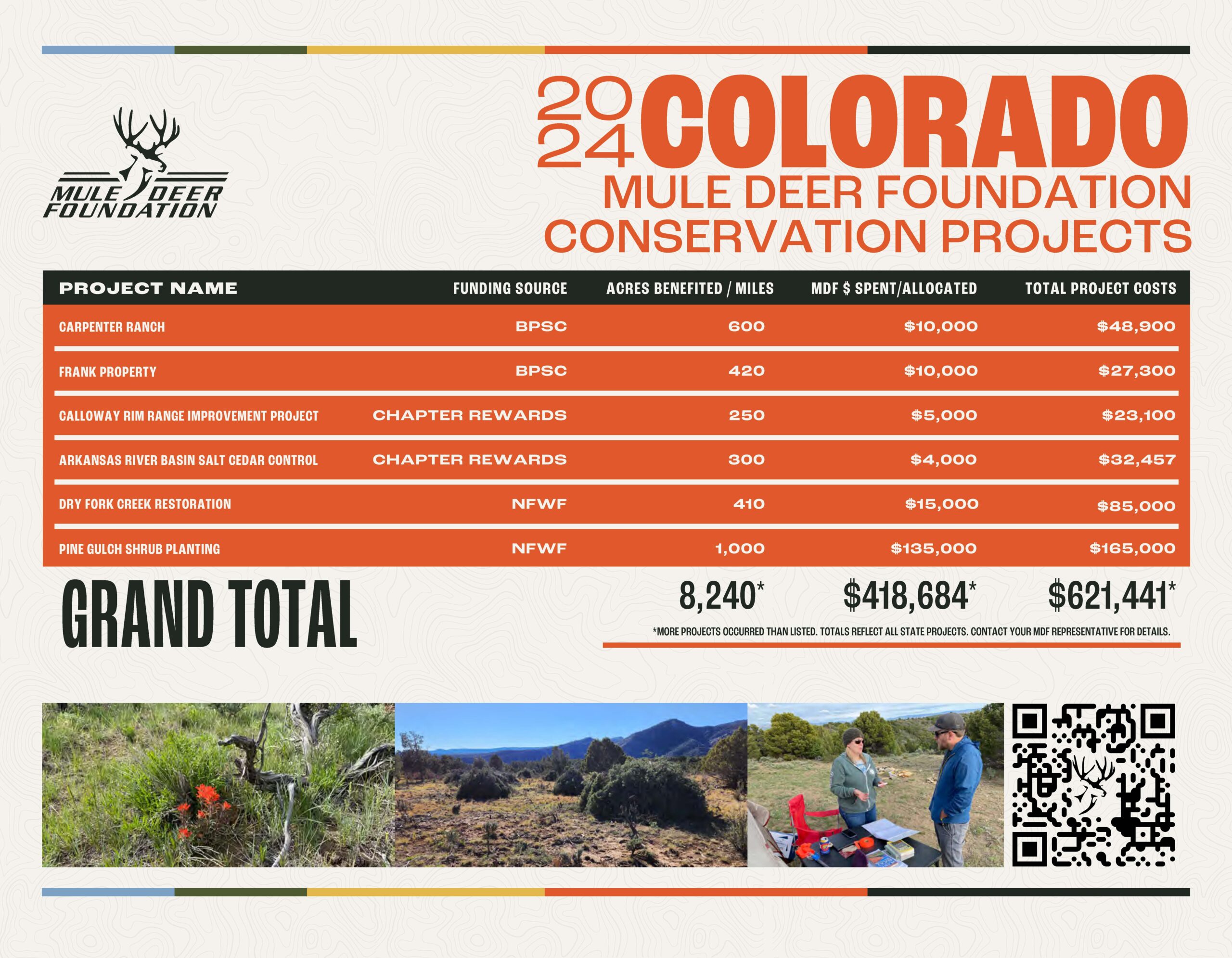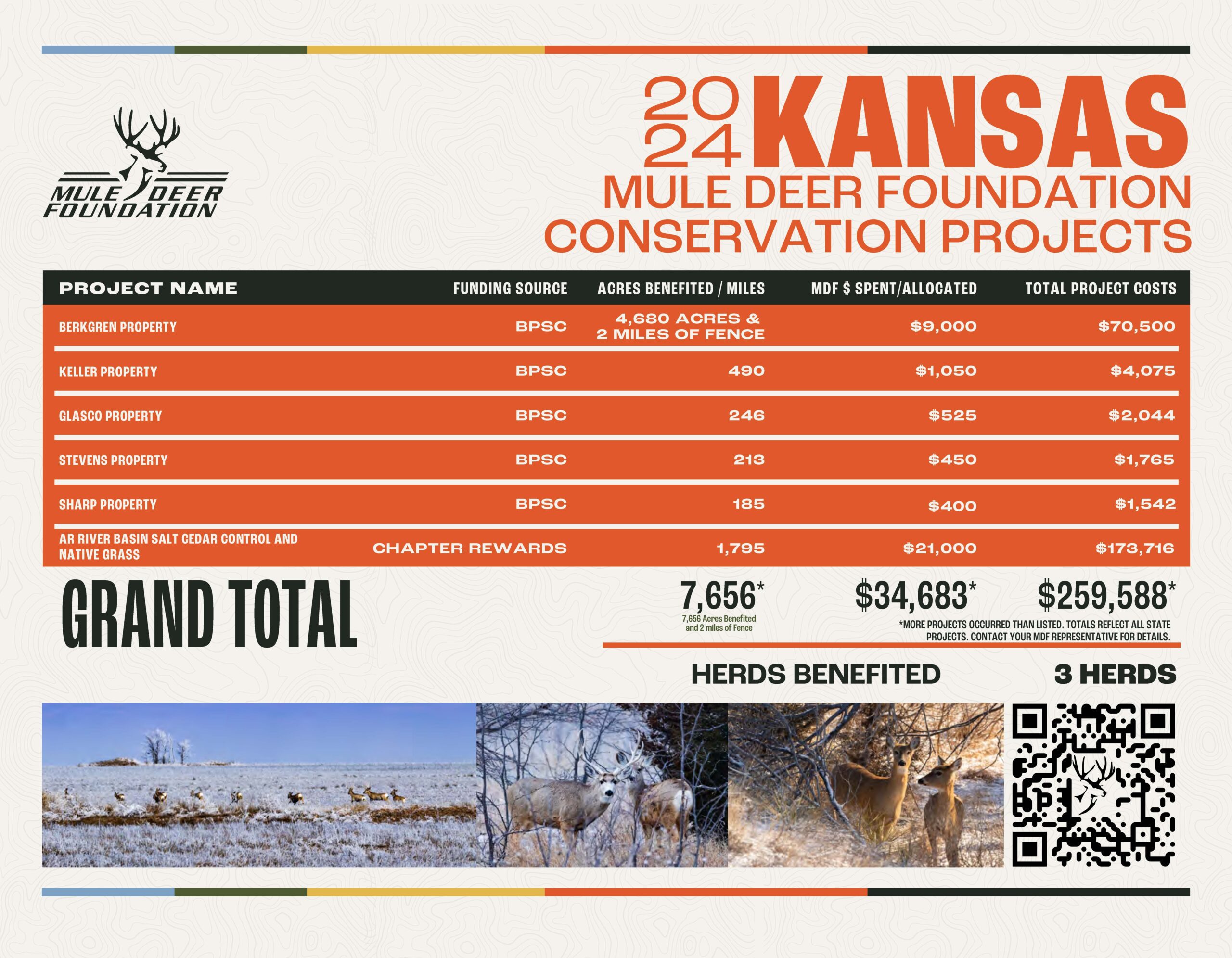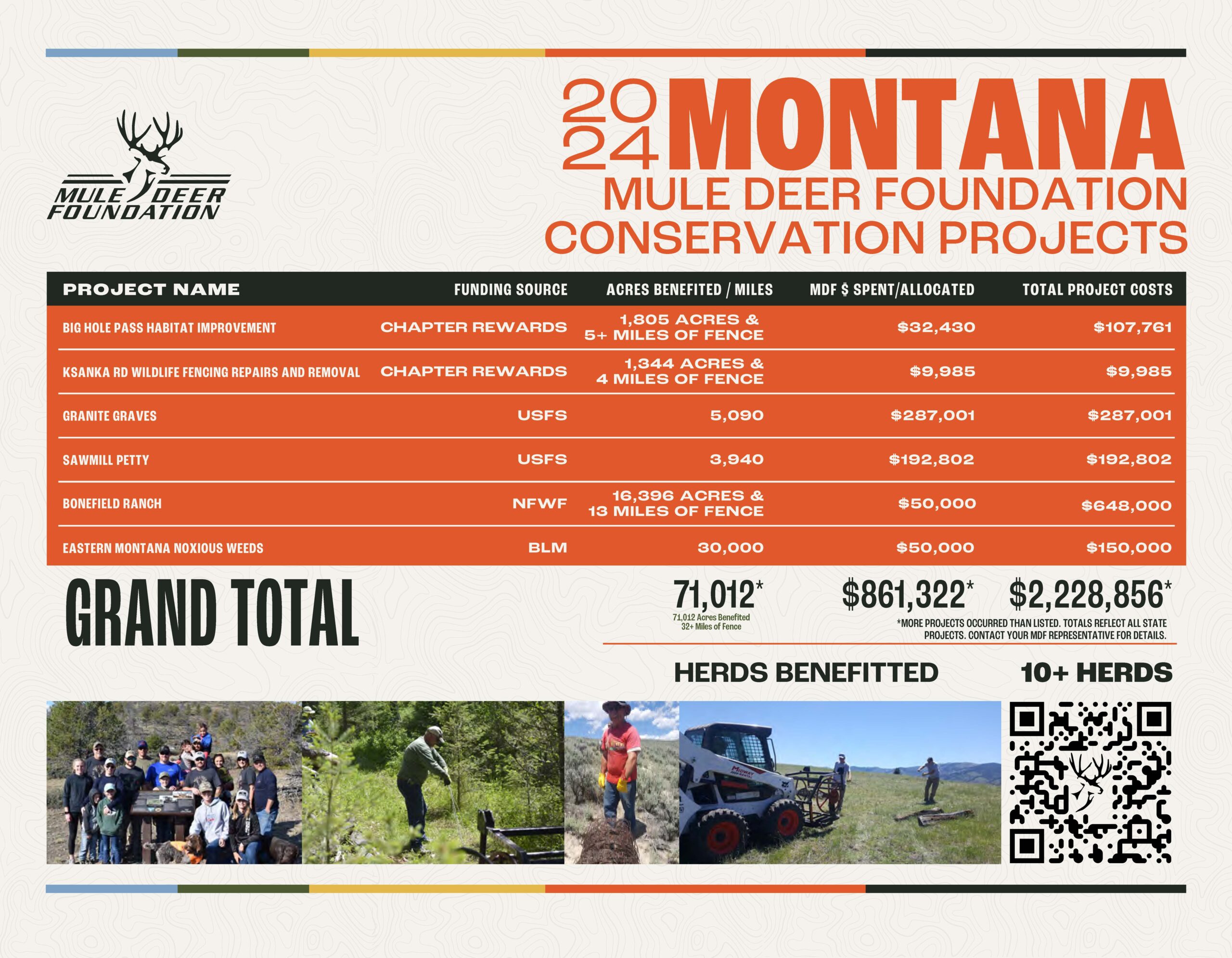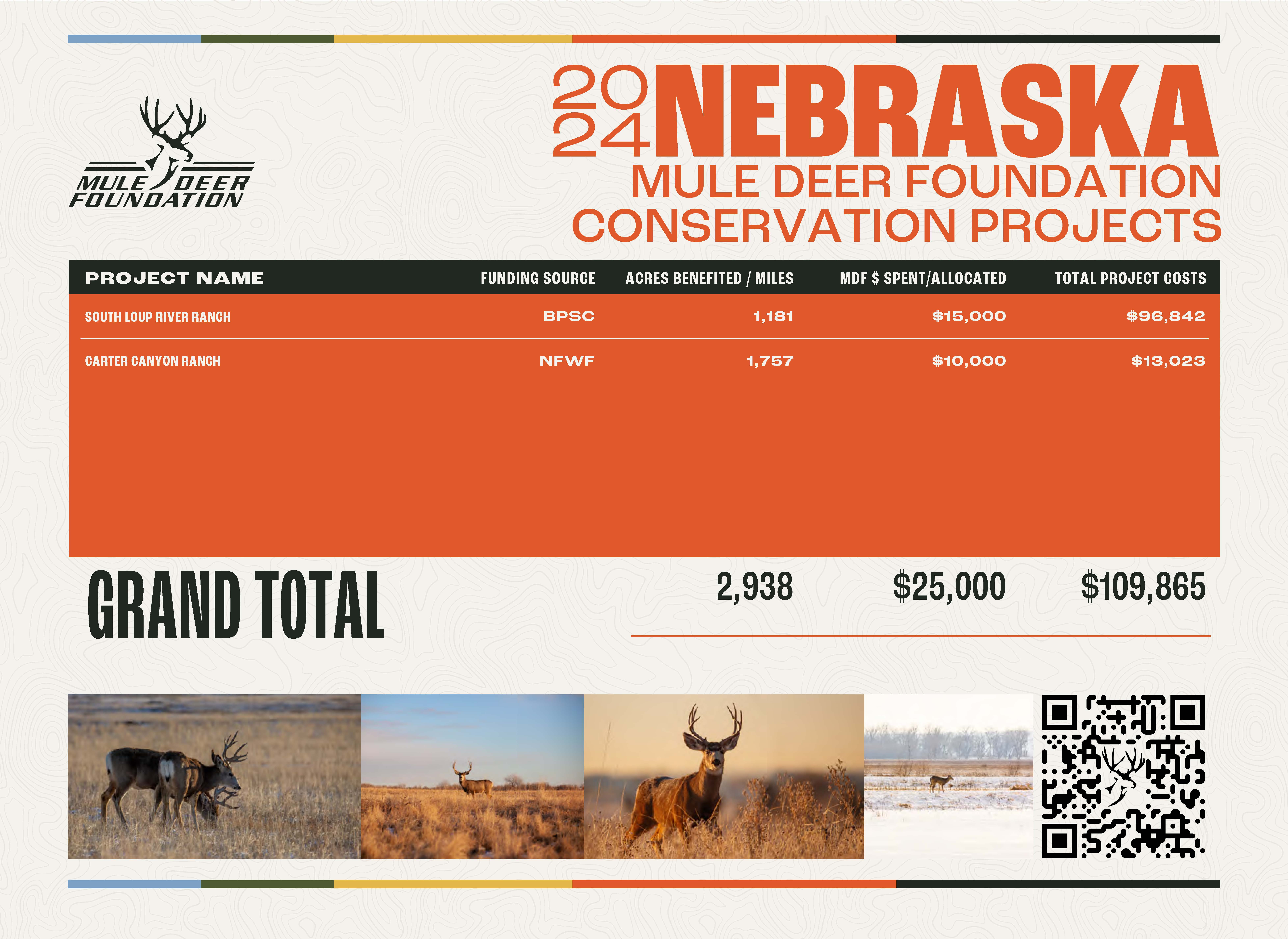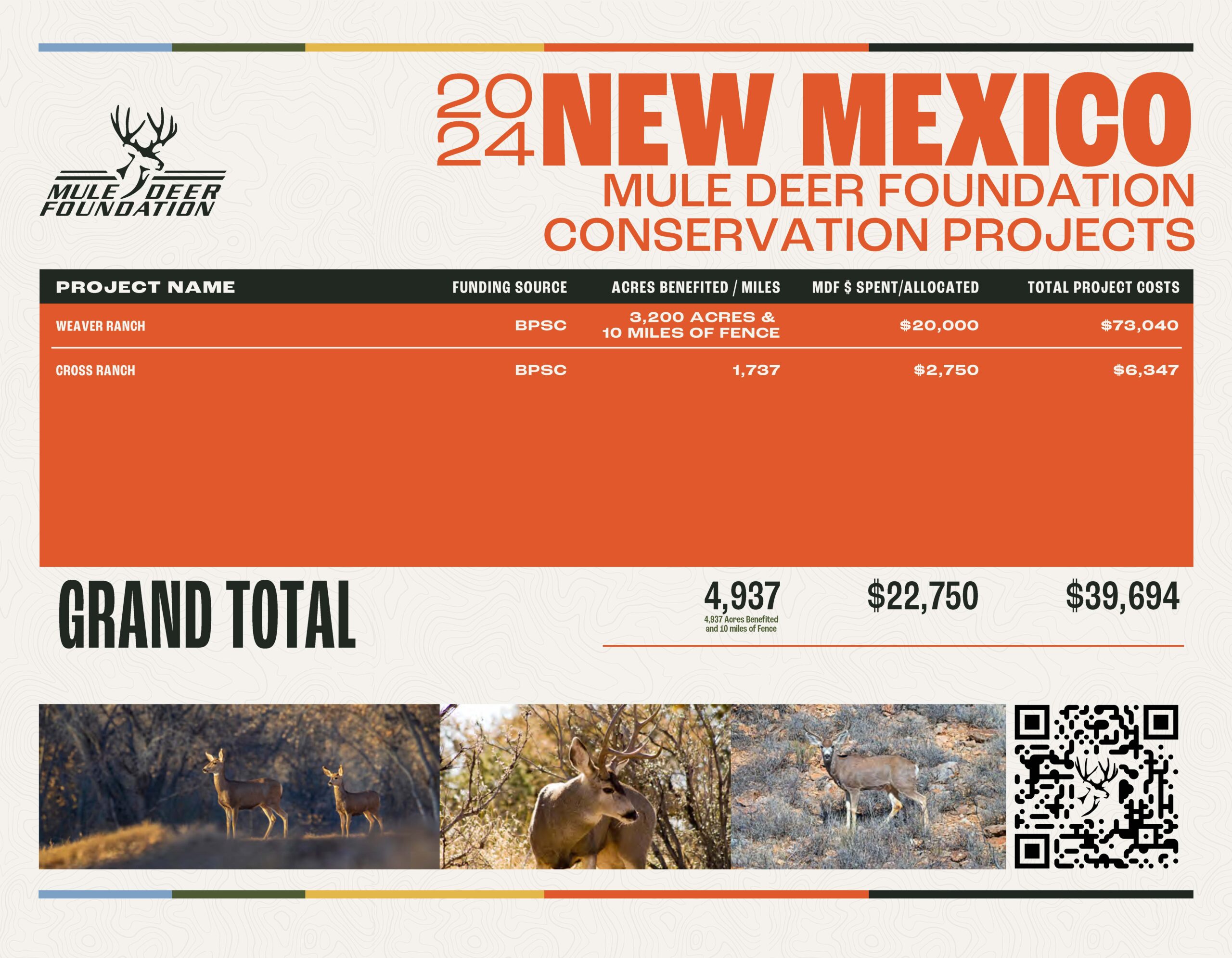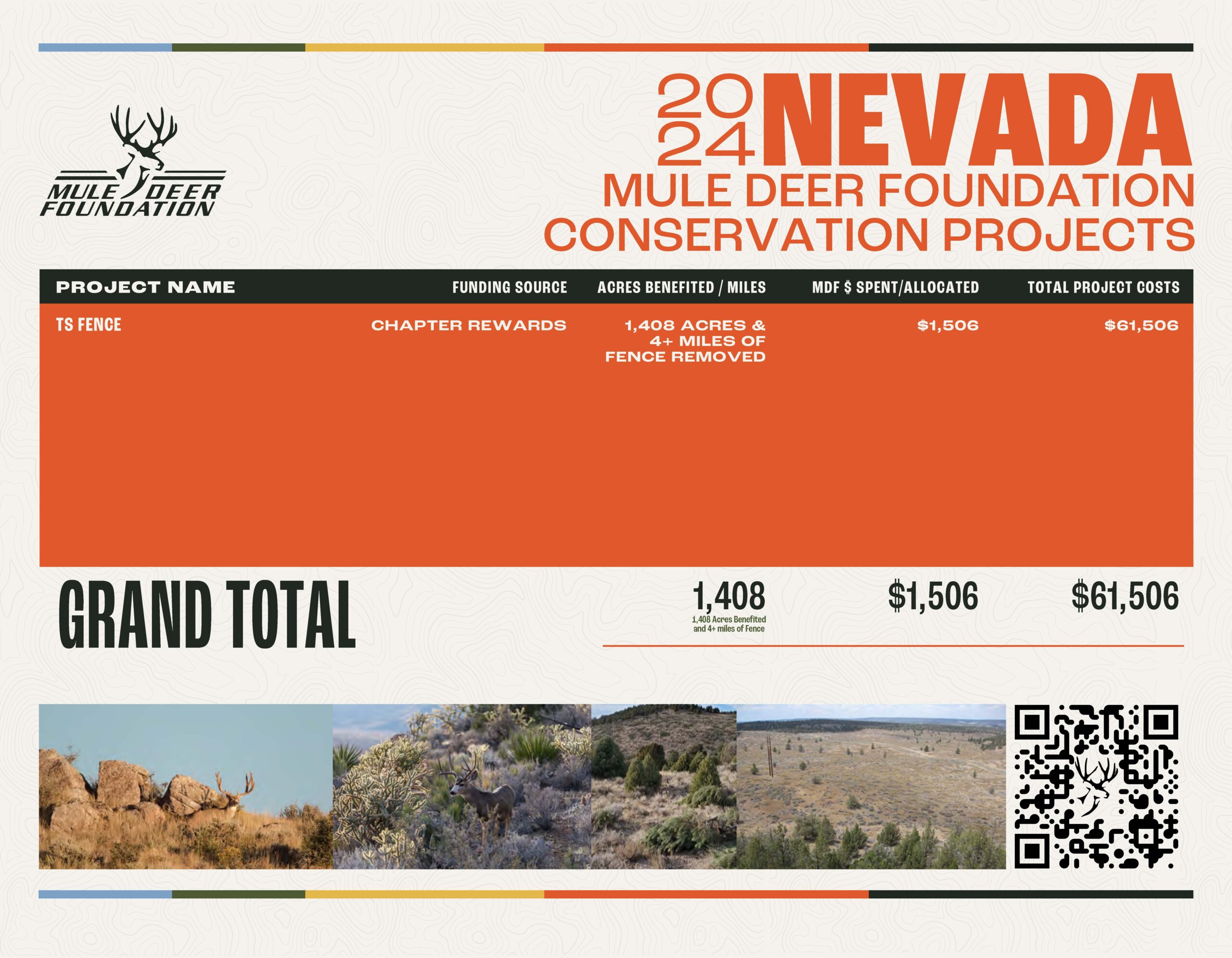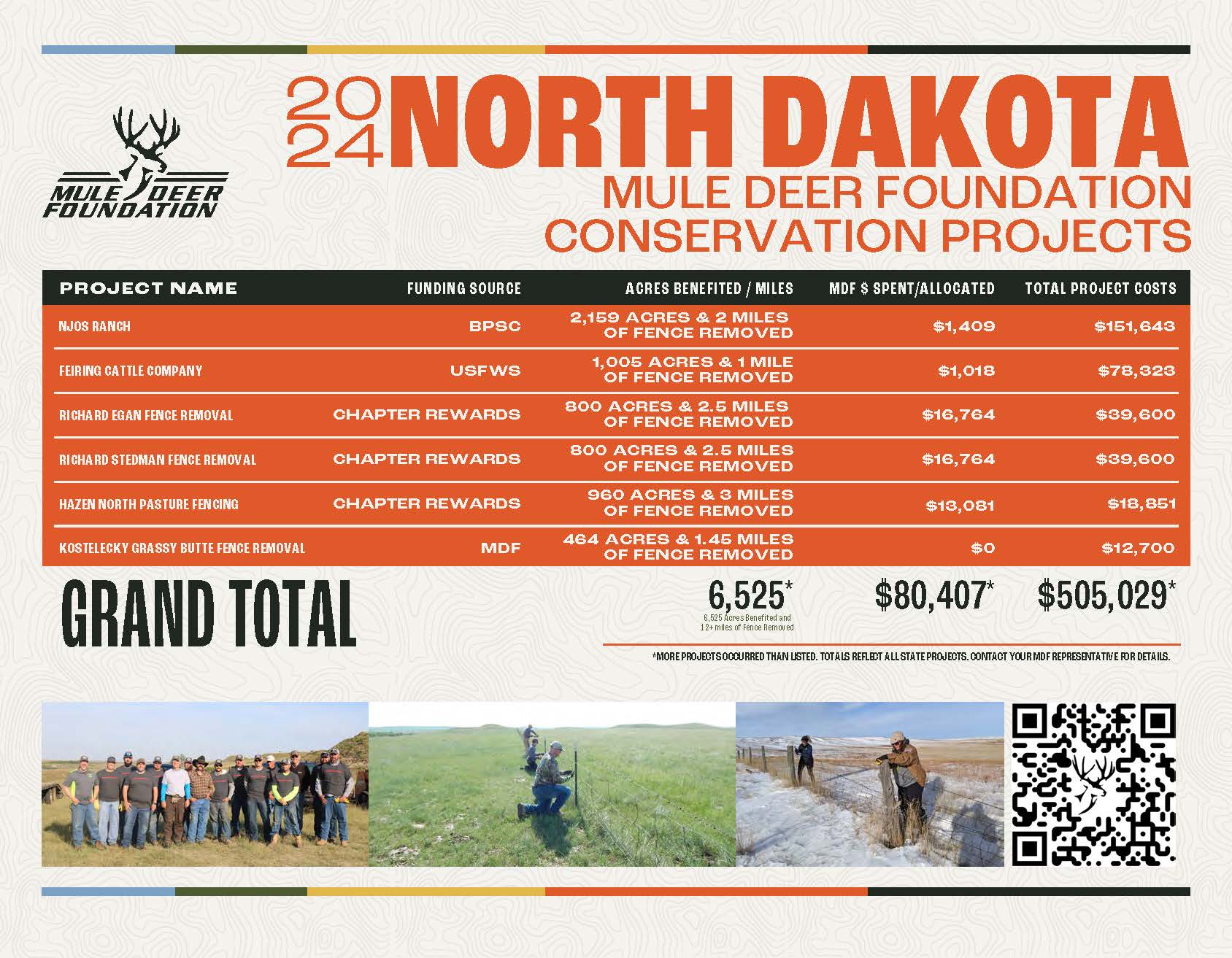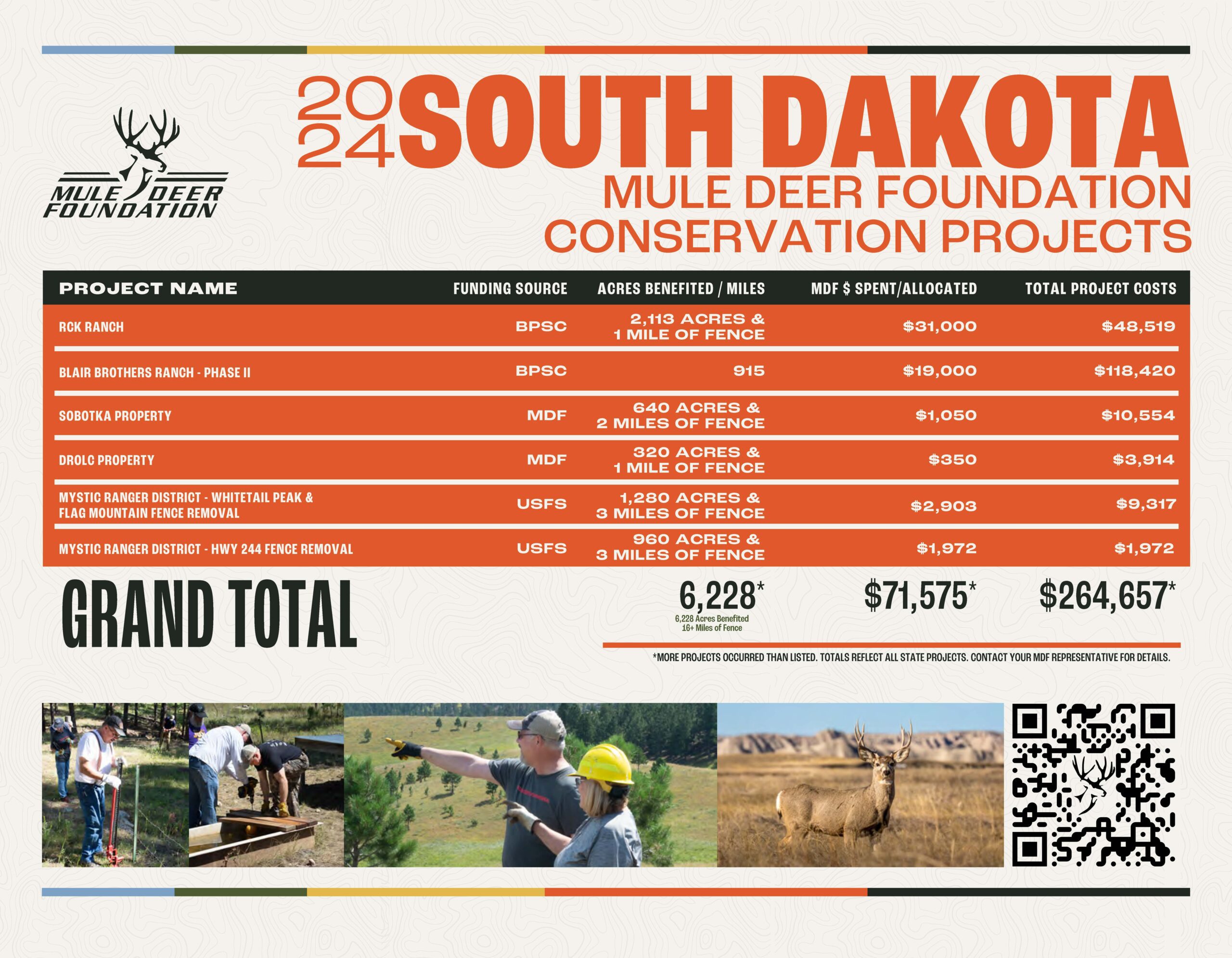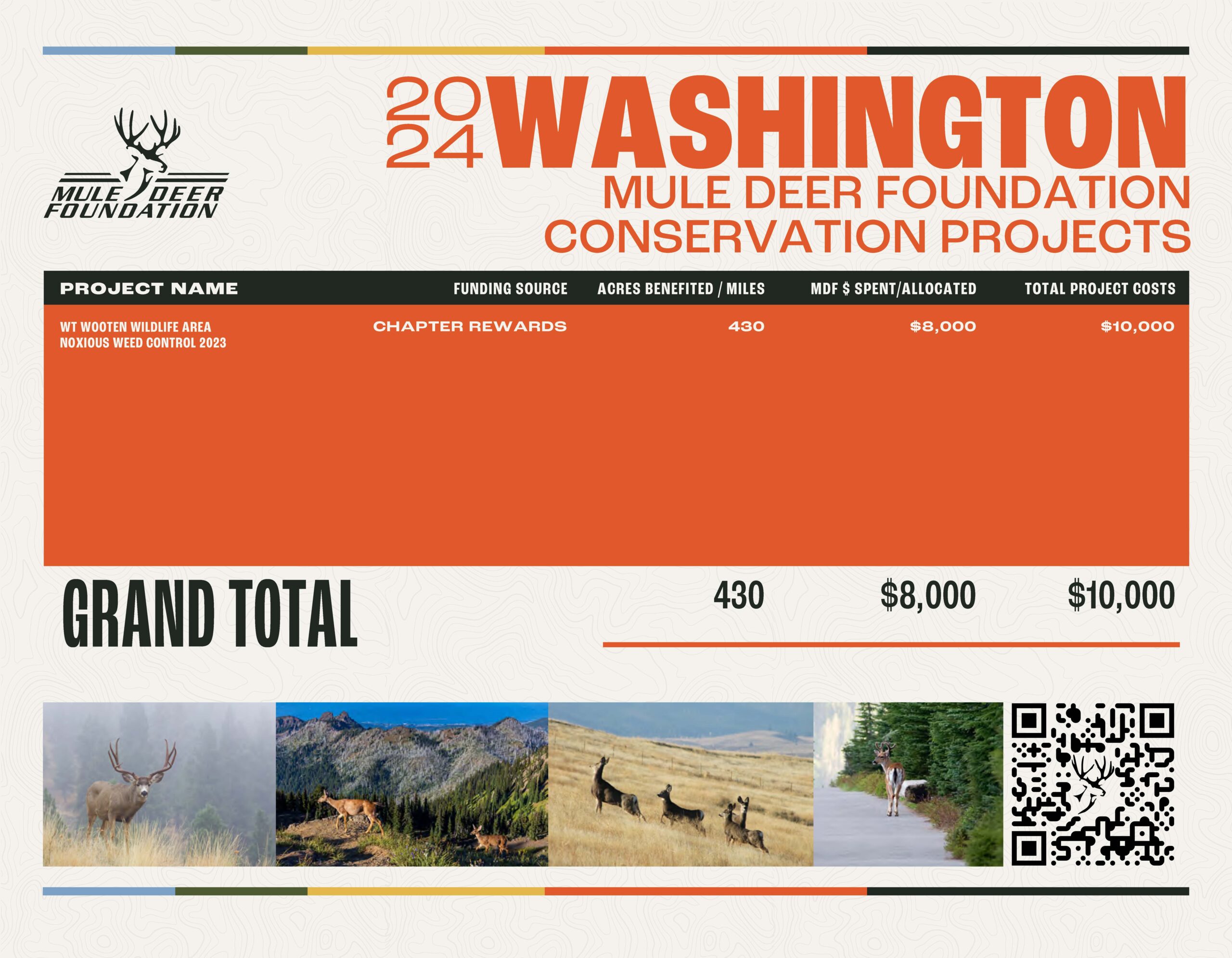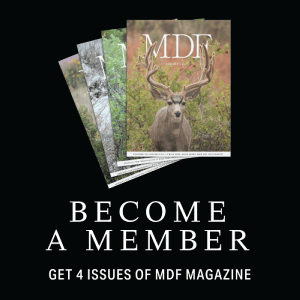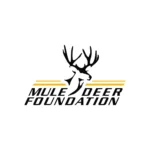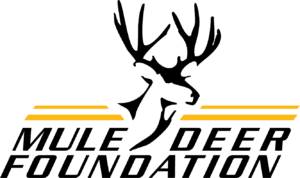
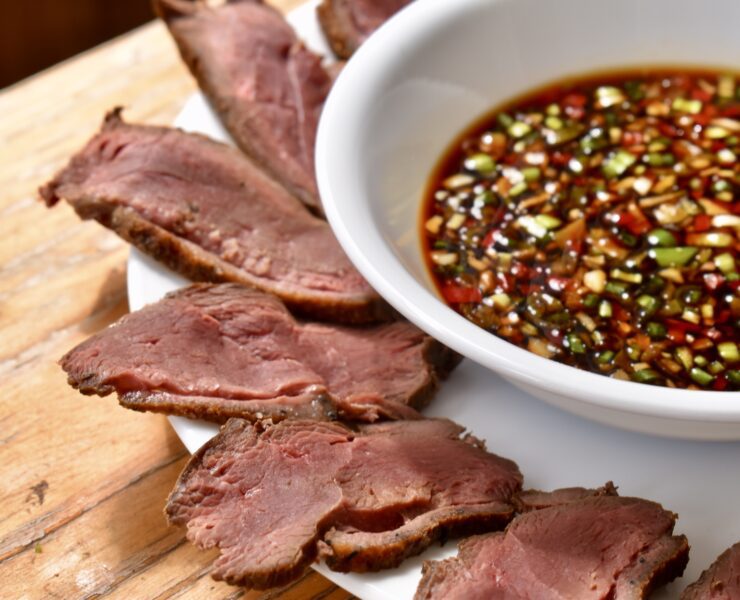
Ponzu is a Japanese sauce used for marinating, dipping, or adding some zip to certain dishes. It’s a soy-based sauce spiked with Japanese citrus (like yuzu, lemon, grapefruit, or kabosu) and evened out with mirin (a sweetened rice vinegar product) and dashi (an umami-rich stock made with dried seaweed and bonito flakes). It comes across as a light and loose soy sauce with a well-balanced flavor profile that provides salty, umami, sour, and sweet notes in even measure.
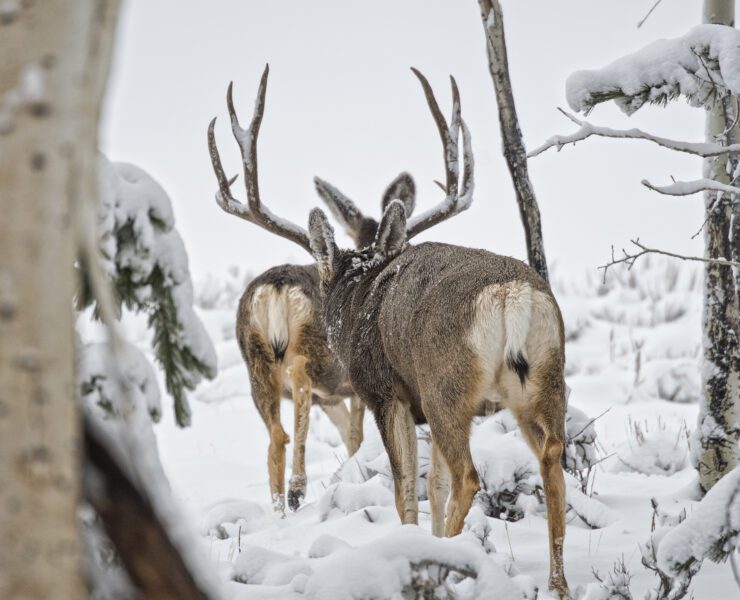
The winter of 2022–23 will be remembered across the West as one of the harshest in recent memory. In Wyoming, Idaho, and parts of northern Utah, relentless snow and bitter cold combined to create a perfect storm of survival challenges for mule deer. Tens of thousands of deer perished, including entire fawn crops and mature bucks that entered the season in good shape but simply couldn’t endure months of deep snow and subzero temperatures.
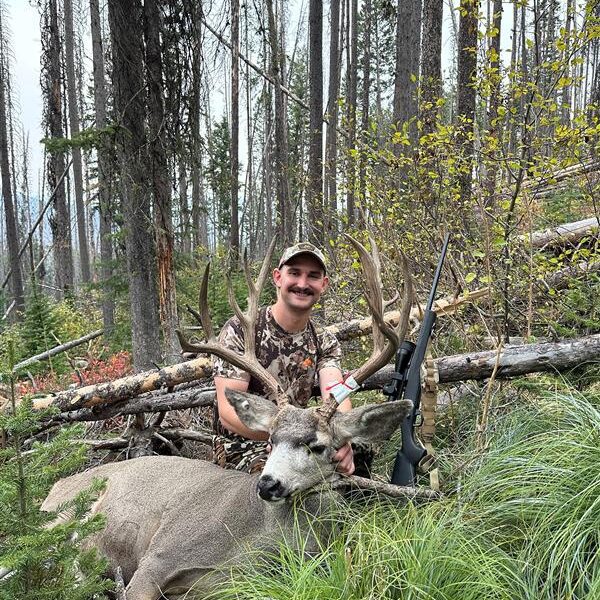
There’s a special kind of pride in tagging a mule deer on your own. No guide, no outfitter, just a hunter and the grit to get it done. Across the West, do-it-yourself (DIY) mule deer hunting has become a defining experience for many who want to earn their success the hard way. Public land offers the opportunity; preparation and perseverance provide the result.
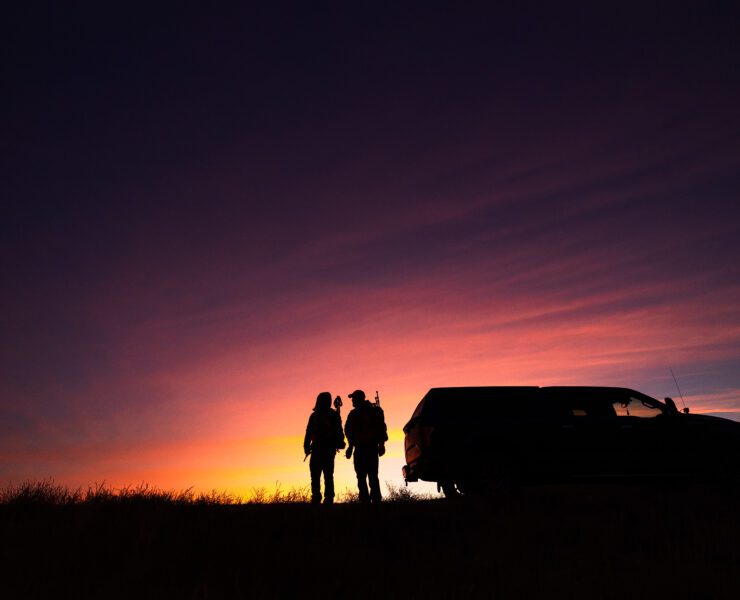
For generations, mule deer hunting has been about far more than filling a tag. The stories, the landscapes, the family bonds forged around a fire or on a frosty ridgeline are what keep our traditions alive. At the Mule Deer Foundation, many of our staff first learned the meaning of stewardship and respect for the animal in family hunting camps, and today they’re raising the next generation to carry it on.
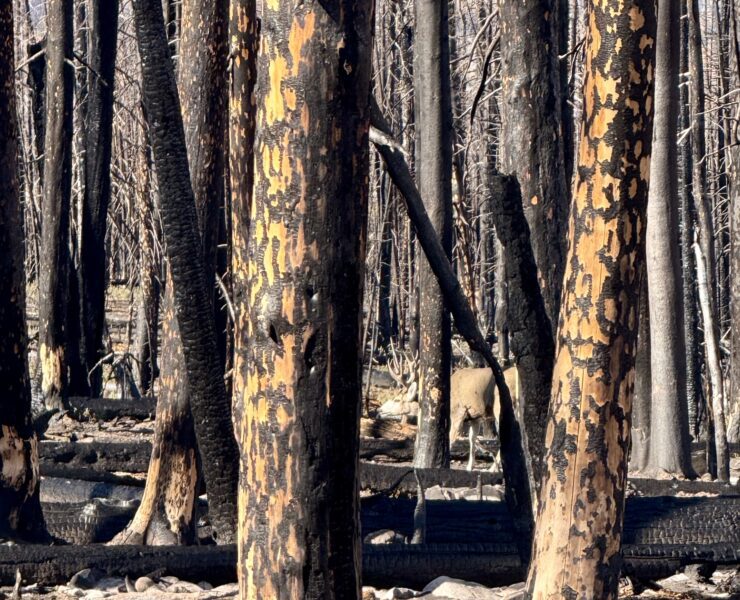
Whether you are hunting early or late season burn areas are a great place to notch your tag this season. Wildfire is one of the West’s most powerful forces. Fires are destructive, unpredictable, and often misunderstood. To the untrained eye, a burn scar looks like devastation. But to a mule deer, it can look like opportunity. In the years after a wildfire, the landscape transforms into a mosaic of nutrient-rich regrowth, young shrubs, and open feeding grounds, all prime habitat for mule deer recovery and herd growth.
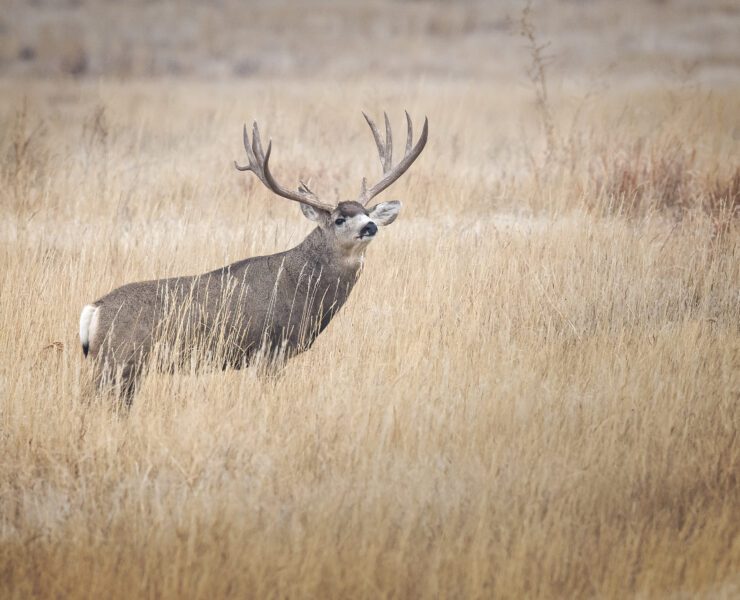
The first time I saw him, it was almost cruel. He stood on the far side of a canyon, antlers catching the last light of the evening. A mule deer buck so wide, so heavy, he seemed unreal. The only problem: he was in a different unit than the one I had a tag for. All I could do was glass across the line and dream.



